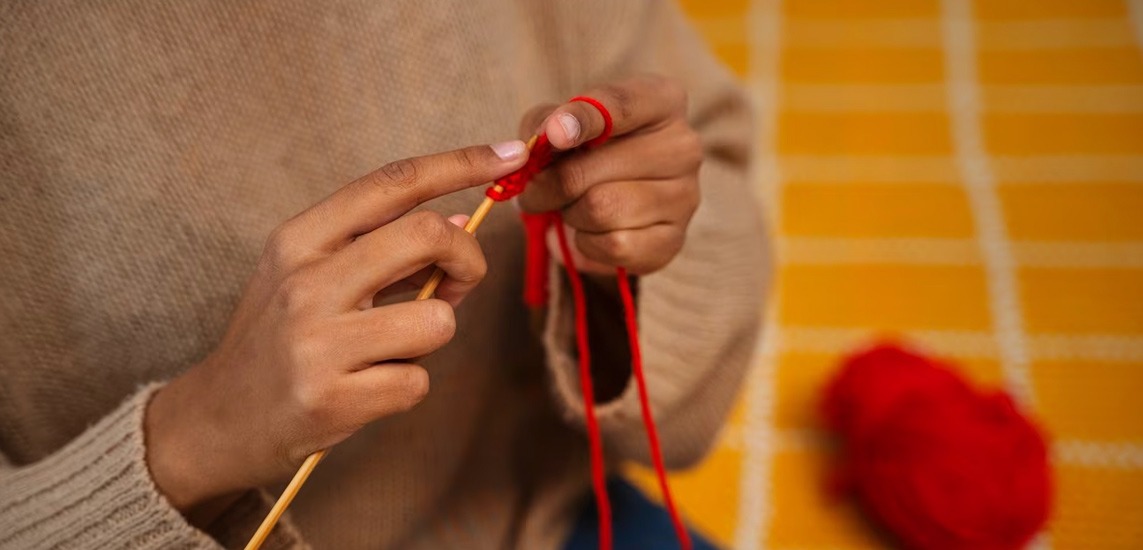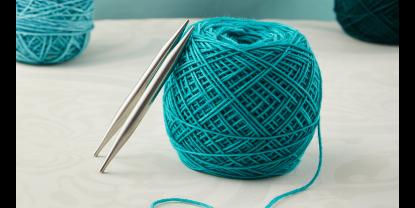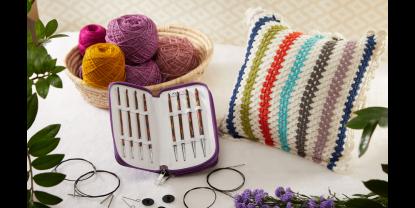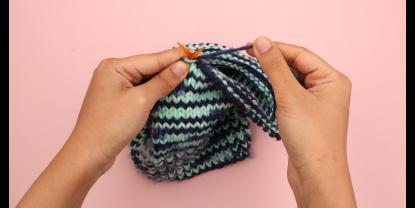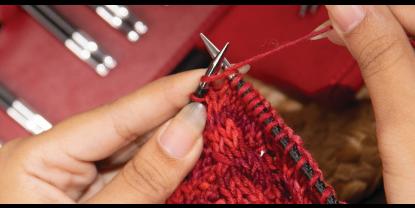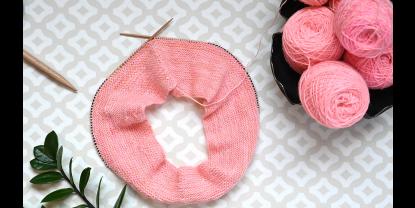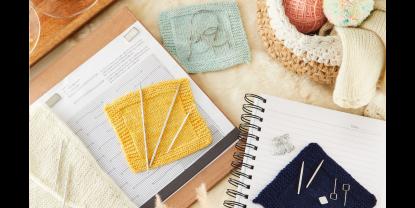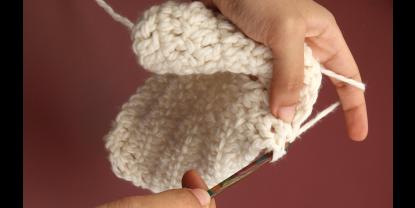Vintage knitting patterns are currently celebrating quite a comeback on social media. Everywhere you look for inspiration, you suddenly see colourwork patterns from the 1950s and 60s, cable and brioche patterns, condo-knit sweaters from the 80s, and even intricate patterns from the 1930s. Let’s take a closer look at three different vintage styles and methods and find out how you can translate them into wearable fashion for this millennium.
Cable Knitting
You have all heard about cable knits, but did you know that their triumphant history started about 150 years ago in some small fishing villages of the Aran islands just off the Western Irish coast? In fact, cable knit jumpers and other garments are often associated with Irish and Celtic culture. The cabling technique was traditionally used to create warm, weather-defying garments for fishermen and farmers out of oiled wool. Over time, the Irish cottage knitters used different types of undyed wool and created new, intricate, yet softer cabling patterns to export some of their garments into other parts of the world. Movies such as “Love, actually” and “The Great Gatsby” helped to spread the popularity of cable knits.
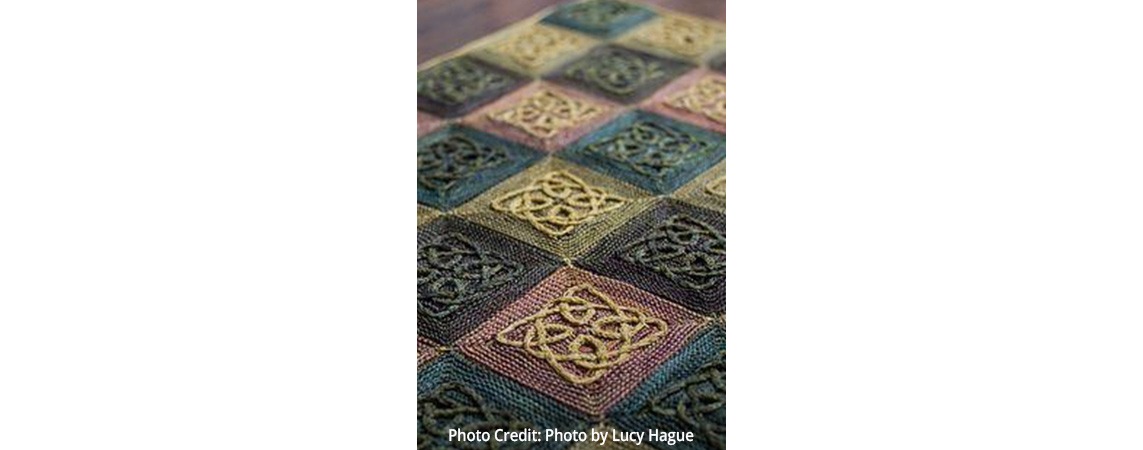
Today it is used to create a wide range of garments and accessories, including sweaters, hats, scarves and loops, gloves, and blankets. There are many different cable knit patterns to choose from, each with its own unique look. Recently, Celtic cable motifs, such as those by British designer Lucy Hague, are gaining popularity. If you're hesitant to try cable knitting because you don't know where to start, don't worry – it's actually relatively easy, and we have an entire blog post dedicated to this technique.
Cable knitting involves rearranging stitches to create twists in the fabric, which creates raised columns that resemble twisted ropes. This is done by placing some stitches on hold at the front or back of the work, knitting a few stitches, and then returning to work on the previous stitches. This braiding technique is the basis for all cable knitting, including more complex patterns that involve varying the number of stitches crossed, the frequency of crossing, and the direction of the cables.
Cable knitting creates warm, durable garments that are perfect for cold weather, and the decorative patterns add interest and style to any outfit. So next time you're planning a new garment or accessory, consider opting for a cable knit – you'll be stylish and warm all winter long!
Condo-Knitting
Are you ready to try out a fun and easy knitting technique that will have you creating stunning spring and summer wearables in no time? Then try Condo knitting, a 1970s trend that is making a comeback among knitters today.
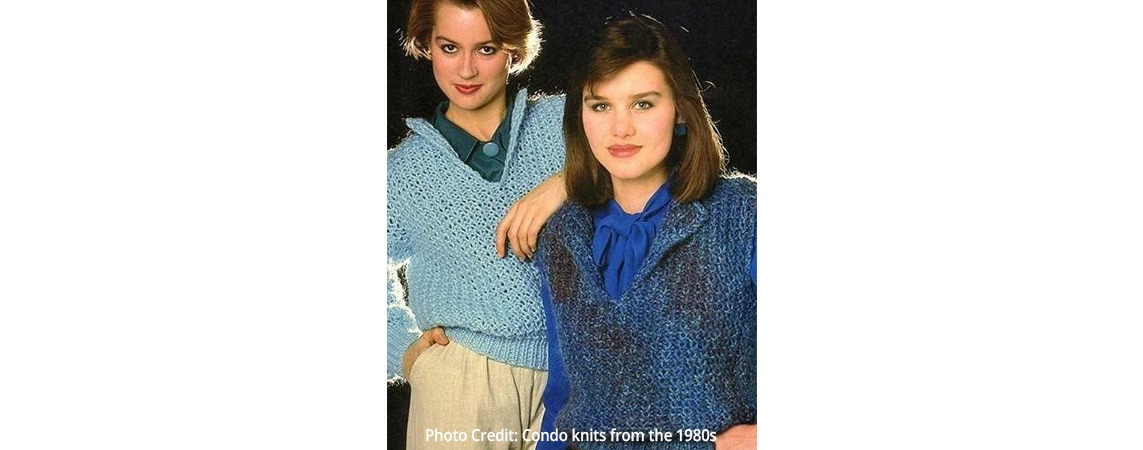
Condo knitting involves using two different needle sizes to create a net-like, lacy pattern in your fabric. It's a simple technique that only requires you to know the garter stitch (if you're knitting in rows) or to alternate between knitting and purling when knitting on your circular needles. By alternating between two needle sizes, you can create a range of looks, from more subtle and stable edges to bold and bohemian patterns.
The best part about Condo knitting is that it's suitable for a wide range of summer wearables, including casual shawls, t-shirts and tops, and light jumpers. Just be aware that this technique's loose, lacy pattern can result in some sagging, so it's best to stick to lightweight yarns and garments.
All you have to know is the garter stitch if you knit in rows. When knitting in the round, you knit one round, then purl the next one to create a garter rib. Condo knits' secret is using two different needle sizes while not changing the yarn, switching from one needle to the next either gradually or dramatically for more impact.
Cast on any number of stitches with the needle that is the correct size for your yarn weight. If you wish to create a more stable edge or brim, just knit a few rows with that needle size. Otherwise, switch to a larger needle for the first row you actually knit. This first row you knit from the smaller needle may be a bit tight, but you will quickly see the loose, net-like pattern it creates. The next step is to knit what you have on your larger needle, but this time with the smaller needle just the way you would with any other piece of knitted fabric.

With this easy technique, you'll be well on your way to creating boho-inspired patterns without having to worry about complicated charts or stitch counts. It makes it therefore a perfect pattern for therapeutic and mindful knitting.
Mosaic Colourwork Patterns
Mosaic knitting uses two or more colours to create geometric shapes. You can even use garter stitch, stockinette stitch, or a combination of both for varied effects.
These dense, weave-like patterns are either achieved by knitting a highly geometrical color chart or combining your colourwork with slip-stitch patterns. The technique originated in the Scottish highlands but became immensely popular in the 1930s thanks to legendary fashion designer Coco Chanel who favoured a repetitive, two-colored houndstooth pattern for her famous Chanel suit. But mosaic colourwork works for all accessories, such as beanie hats, socks, cowls, scarves, blankets, placemats, or cushions.
Basically, slip-stitch mosaic knitting is a method of creating color patterns in knitting using only one strand of yarn at a time. Mosaic knitting involves using slip stitches to create a series of blocks or tiles of color, which can be arranged to create geometric and abstract patterns.

To knit mosaic patterns, you will need to use two colors of yarn and follow a chart or pattern to indicate which stitches should be knit and which should be slipped. You can knit mosaic pieces flat or round, but we recommend starting with a flat piece to practice this technique. When slipping stitches, you will need to move the yarn to the back or front of the work, depending on whether you are knitting a right-side or wrong-side row.
You can also use the stranded knitting or Fair Isle method to recreate wonderful geometric patterns like the houndstooth or donkey-eye pattern. Check out our in-depth Fair Isle tutorial on this colourwork technique here.
Whether you are opting for structured cable patterns, condo, or mosaic knitting, - these vintage knitting methods are a fun and creative way to add color and structure to your projects. With some basic techniques and the correct type of knitting needles from KnitPro, you can create a wide range of beautiful, intricate designs.




